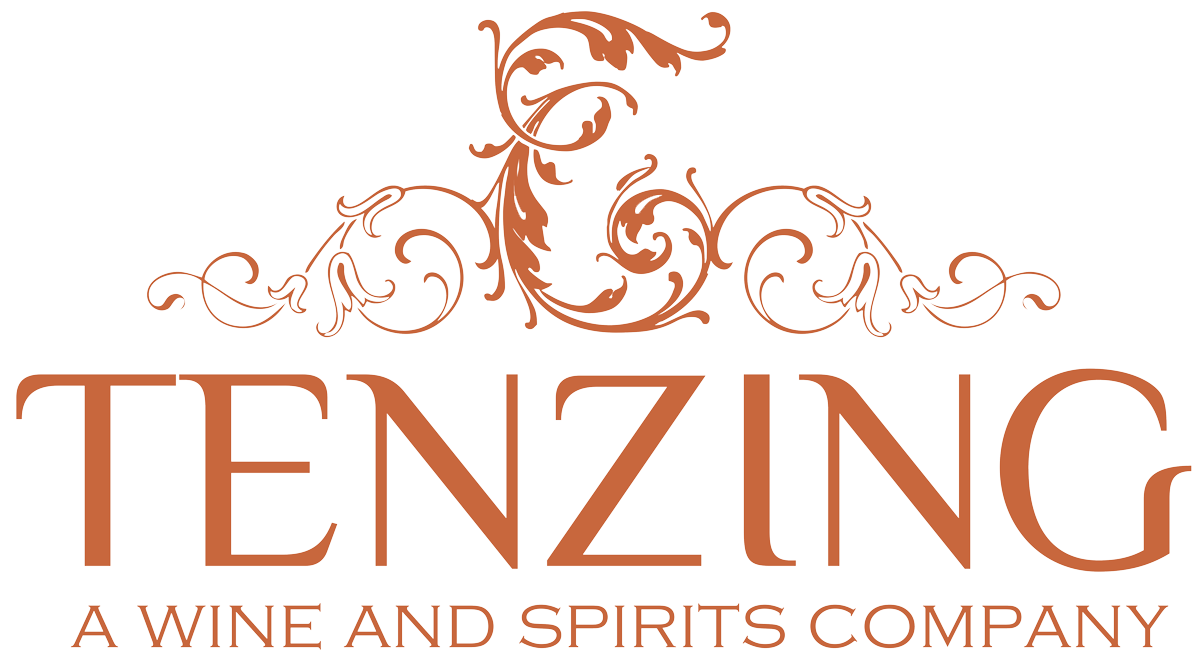The appellation of Hermitage is tiny. Only 136 hectares of vines cover the production area and create one of France's most famous wines. In comparison to size, Château Lafite in Pauillac is approximately 100 hectares on it's own.
The majority is red, made from the Syrah grape, dry white and a minuscule amount of sweet wine called Vin de Paille is made from Marsanne with a little Roussanne blended, depending on the producer.
The impressive hill looms over the Rhône river and the towns of Tain l'Hermitage and Tournon-sur-Rhône. The soils are mostly granitic, which provide some footing for vines to cling to on steep terraces. The rest of the soils are a mix of glacial stone, sand, clay and alluvial deposits closer to the river. Syrah favors the granite soil, where Marsanne can become quite alcoholic and big. White grapes are preferably planted in the eastern part of the appellation, on slightly flatter vineyards with clay and chalk.
Most sources I've looked at list approximately a dozen major vineyards, however the most lieux-dits I could find are from old maps, producer websites and the book "The Wines of the Northern Rhône by John Livingstone-Learmonth"
Here is a list and interactive map of 20 separate lieux-dits (plots) with major grapes, producers and soil types .
Hermitage AOP
- L'Hermite: Syrah, Marsanne, Roussanne. In 1984 Gerard Chave purchased the majority from Terrence Gray. Situated at the top of the Hermitage hill, around the chapel, in a place named the Ermite. The vines are 80 years old and are on granitic soils which are very poor. Some loess. La Chapelle: Within L'Hermite. Syrah. Majority Granite soil.
- Chante Alouette: Marsanne. Loess soil with a fine layer of clay and limestone. Within the L'Hermite vineyard. Grapes go into Chapoutier's wine of the same name.
- L'Homme: Marsanne. Clay chalk, loose sandy soil.
- La Croix: Marsanne, some Syrah and Roussanne. Dard et Ribo farms. Jaboulet owns.
- La Pierelle: Marsanne and Syah. Louis Barroul makes two cuvées from each grape.
- Le Méal: Syrah, Marsanne. Old fluvioglacial alluvial deposit soil with numerous shingles. Marc Sorrel's "Le Greal" comes from a plot in the middle of the slope.
- Les Beaumes: Syrah. Clay-sandstone and "poudingue" a local name for alluvial deposits. Chave has made a cuvée of Les Beaumes.
- Les Bessards: Mostly Syrah. Small Marsanne plot worked by Delas. One of the largest vineyards, granite and gravels. Chapoutier's Le Pavillon and Chave's Hermitage Cuvée Cathelin, Jabloulet's La Chapelle
- Les Doignières: Marsanne. Roussane and .3 ha of syrah. Les Fayolles make two wines and sell a majority to Guigal. Colombier, Marinelles, Ferraton and Michelas Saint Jemms also source here.
- Doignières et Torras: Marsanne. Paul Jaboulet has 1.3 ha.
- Les Grandes Vignes or Gros des Vignes: Syrah. Granite soil. Desmeure, Jaboulet and Delas work plots here.
- Les Greffieux: Syrah. Glacial alluvial deposit terrace composed of shingles and clay.
- Les Murets: Marsanne. Soils consist of granitic arena and alluvial deposits of same nature
- Les Rocoules: Marsanne. Some Roussanne. Mix of clay-chalk with glacier stone. Laurent Habrard, Marc Sorrel and Jaboulet. Big component in Chave's white Hermitage.
- Les Vercandières: Walled plot owned by Chave. Syrah and Marsanne.
- Maison Blanche: Marsanne, Roussanne. Clay-limestone. Jaboulet, Desmeurs and Florent Viale.
- Plantieres: Syrah. A small plot just below Greffieux
- Péléat: Marsanne, Syrah Monoplole owned by Chave, big part of the Hermitage blanc."poudingue" soils, clay, silex.
- Torras et les Garennes: Marsanne. Compact old glacier moraines, alluvial stones. Use to be called "Les Signaux" Jaboulet main holder.
- Varogne: Syrah. Dard et Riob and Bied have holdings here.

